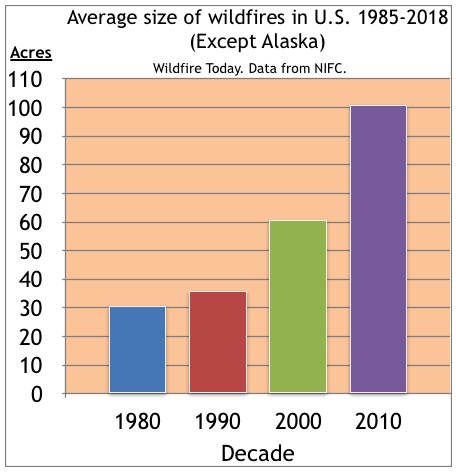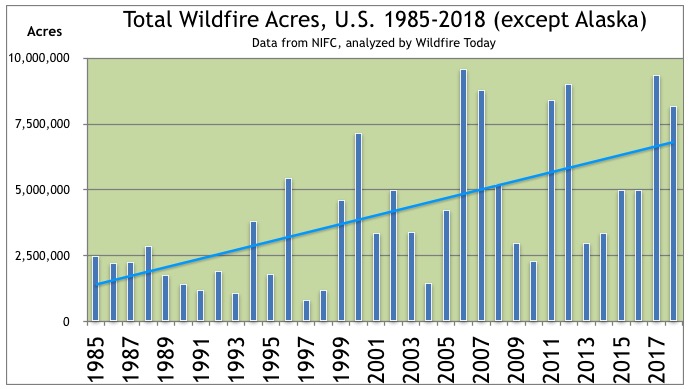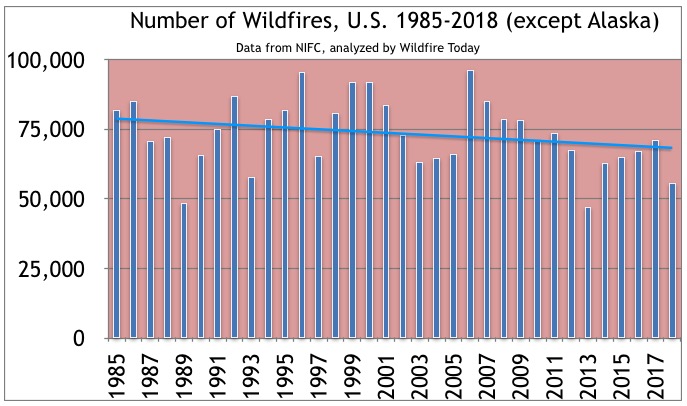The 2019 edition of the Interagency Standards for Fire and Fire Aviation Operations, commonly known as the “Red Book” is now available. Dated February 1, 2019, the document provides direction for fire programs in the Bureau of Land Management, U.S. Forest Service, U.S. Fish and Wildlife Service, National Park Service, and Bureau of Indian Affairs.
When the Red Book first came out it was roughly six by eight inches with a spiral binding and while it probably was not carried on the fireline, it could easily be brought to incidents by overhead personnel working at the incident base. This latest edition is well over 500 pages which probably means few firefighting personnel will carry a paper version, relying instead on an electronic copy on a portable electronic device.
Even the “Executive Summary of Changes” is 20 pages long. This seems to be a trend in wildland fire agency documents and reports, making an executive summary section far, far longer than it should be. According to Wikipedia an executive summary is:
…a short document or section of a document, produced for business purposes, that summarizes a longer report … in such a way that readers can rapidly become acquainted with a large body of material without having to read it all.
The 20-page “Executive Summary of Changes” in the Red Book does not summarize anything. It lists every change that was made. And it is much too long for a busy executive to read.
The entire 2019 Red Book can be downloaded, or you can do it chapter-by-chapter.










